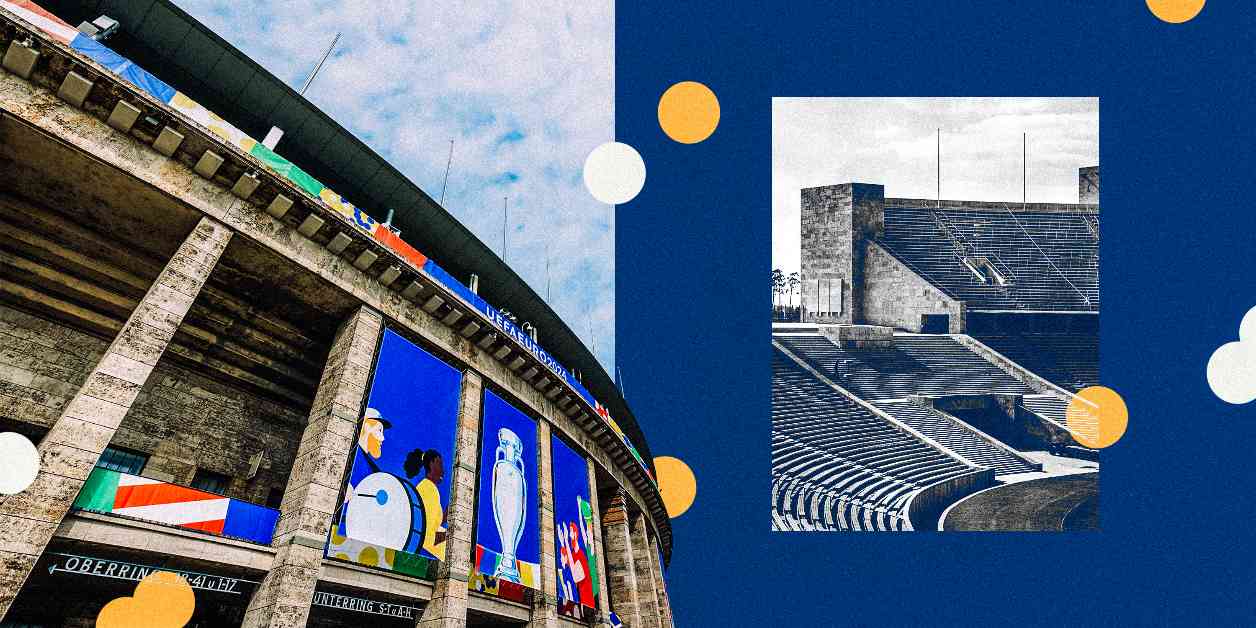The Olympiastadion in Berlin has a rich and complicated history that dates back to its construction by Adolf Hitler in preparation for the 1936 summer Olympic Games. The stadium, with its 74,000-seat capacity and modern roof, serves as a reminder of Germany’s dark past under Nazi rule. Despite the atrocities of the past, Germany has made efforts to address its history through education and preservation of historical sites.
The stadium’s architecture, with its neoclassical design and imposing presence, reflects the Nazi regime’s desire to showcase German might in the 1930s. The stadium’s history is vividly detailed by tour guides and a small museum on-site. Visitors to the Olympiastadion can still see remnants of the Nazi era, such as the Olympic cauldron and bronze statues celebrating the Aryan race.
One of the most iconic moments in the stadium’s history occurred during the 1936 Olympics when African-American athlete Jesse Owens won four gold medals, defying Hitler’s racist ideology. Owens’ victories challenged the notion of Aryan supremacy and highlighted the racial inequalities of the time. Despite his remarkable achievements, Owens faced discrimination and segregation upon his return to the United States.
Over the years, the Olympiastadion has hosted various events, including football matches, track and field competitions, and music concerts. The stadium has become a symbol of Berlin’s resilience and transformation, evolving from a Nazi shrine to a multifaceted venue that welcomes diverse cultural events.
As Germany prepares to host the Euro 2024 final at the Olympiastadion, the stadium’s complex history continues to shape its identity. While the past can never be erased, the future holds the promise of new stories and experiences that will contribute to the ongoing legacy of this historic venue.




